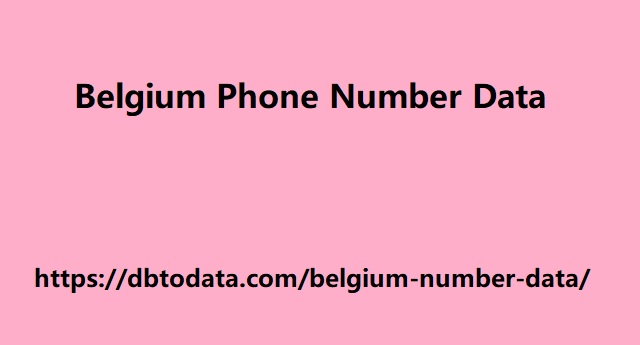|
|
Therefore, as shown below, set canonical from the test page to the original page to normalize the URL. How to use canonical in AB testing If you're doing an A/B test with multiple URLs, you can use the link attribute rel=“canonical” on each variant URL to indicate that the original URL is the preferred URL. ●Source: Google official blog for webmasters [EN]: Impact of web testing on Google search Incorrect usage Using canonical incorrectly can have a huge negative impact on your SEO. We have picked out some of the most common cases. Point canonical to page 1 with "split pages" The correct way to do split pages is to point canonical at the self page. However, if all canonicals from the 2nd page onward are directed to the 1st page, the content on the 2nd page and onward will not be indexed, and there will be no evaluation on the 2nd page onward. Mistake in pointing canonoical to the first page Specifying a rel=canonical link to the first page on the second page (or any subsequent page) is not a valid use of rel=canonical. This is because such pages are not duplicate pages.
Using rel=canonical in this way prevents any content beyond the second page from being indexed. ●Source: Official Google Webmaster Blog [EN]: 5 common mistakes regarding the rel=canonical attribute If there is a "page showing all" Point canonical at all displayed pages If there is a page that can be displayed Belgium Phone Number Data completely, point canonical from the page that is divided into that page. If you want to send a clearer signal to Google, you can increase the likelihood that it will properly detect a set of pages by specifying rel=”canonical” on each configuration page to indicate the “see all” page. I can.

Source: Google Official Blog for Webmasters [EN]: How to prioritize displaying the "Show All" page in search results canonical destination is "404 page" 404 pages will not be evaluated, so pointing canonical at them is a mistake. canonical destination is 404 page In this case, if there is a destination page, redirect canonical to that page, and if there is no destination page, redirect canonical to the next level up. Redirect canonical one level up Make sure that the rel=canonical destination page actually exists (not an error or soft 404 page). ●Source: Official Google Webmaster Blog [EN]: 5 common mistakes regarding the rel=canonical attribute canonical destination is noindex page Google explains that if you point canonical to a noindex page, the page pointing canonical will also be treated as a noindex page.
|
|